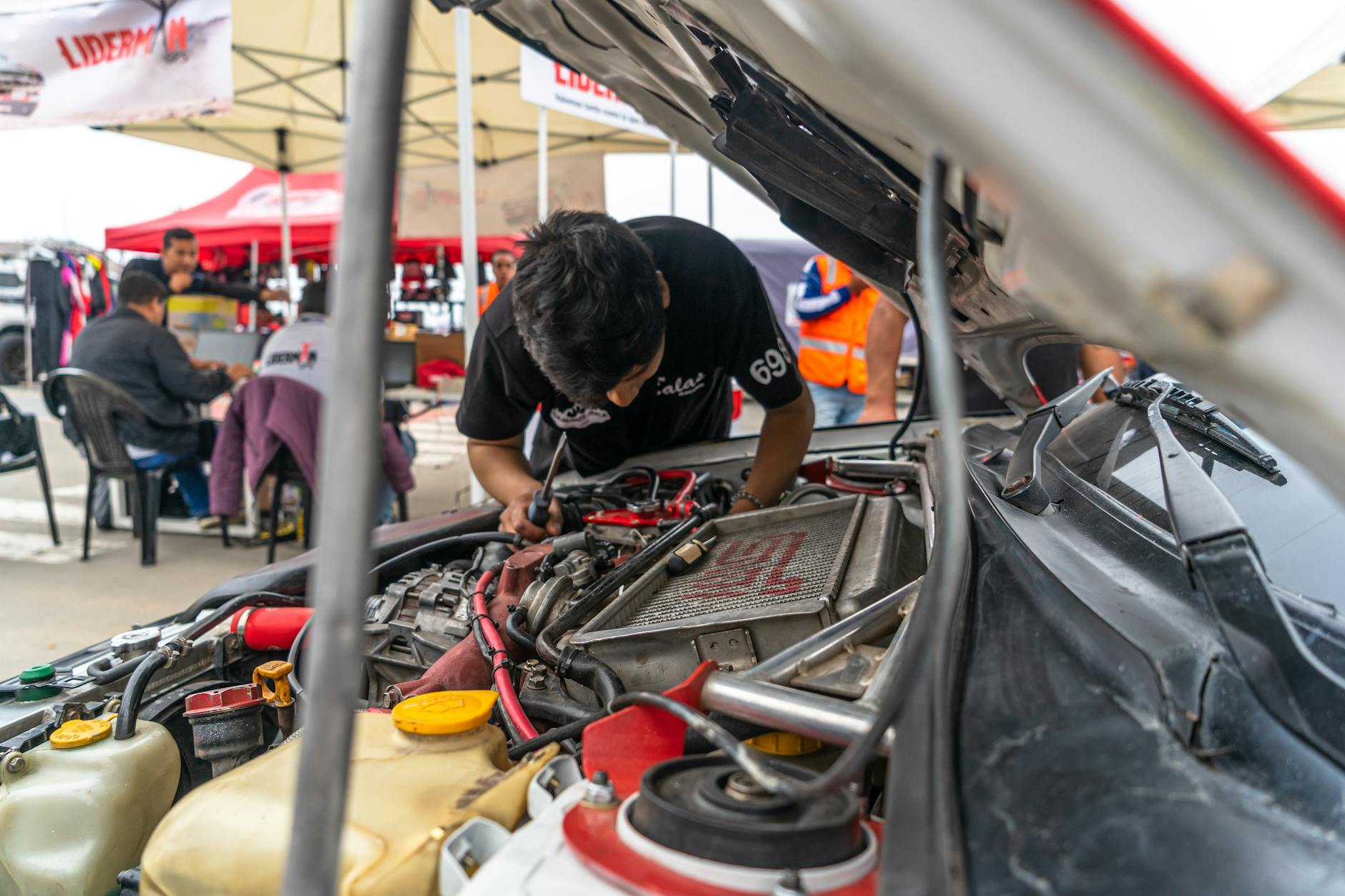Skill Development
Skill Development

Have you ever felt stuck in your personal or professional life, watching others zoom past you on the fast track to success? The secret to their meteoric rise might just be skill development. In today's rapidly evolving world, the ability to learn and master new skills is not just an advantage—it's a necessity. 🚀
But here's the kicker: skill development isn't just about attending workshops or earning certificates. It's a journey of self-discovery, strategic learning, and practical application. Whether you're looking to climb the corporate ladder, launch a side hustle, or simply enrich your personal life, mastering the art of skill development can be your ticket to a brighter future. 🌟
Ready to unlock your full potential? In this blog post, we'll dive deep into the world of skill development, exploring everything from understanding its core principles to applying your newfound abilities in real-world scenarios. We'll guide you through assessing your current skill set, adopting effective learning strategies, overcoming obstacles, and measuring your progress along the way. Get ready to transform your life, one skill at a time!

Understanding Skill Development
Defining skill development
Skill development refers to the process of improving abilities and knowledge through purposeful learning and practice. It encompasses acquiring new competencies and refining existing ones, enabling individuals to perform tasks more effectively and efficiently.
Importance in personal and professional growth
Continuous skill development is crucial for personal and professional advancement. It enhances adaptability, boosts confidence, and increases employability in an ever-changing job market. By expanding their skill set, individuals can unlock new opportunities and achieve greater success in their careers and personal lives.

Assessing Your Current Skill Set
Self-evaluation techniques
Assessing your current skill set is crucial for effective skill development. Start by conducting a thorough self-evaluation using techniques like SWOT analysis or skills inventories. These methods help identify your strengths and weaknesses, providing a clear picture of your current abilities.
Identifying skill gaps
Once you've evaluated your skills, compare them to your career goals or industry requirements. This comparison will reveal skill gaps that need addressing. Prioritize these gaps based on their importance and relevance to your objectives, ensuring focused and efficient skill development efforts.
Effective Learning Strategies
The 70-20-10 learning model
The 70-20-10 learning model suggests that 70% of learning comes from challenging experiences, 20% from developmental relationships, and 10% from formal training. This approach emphasizes the importance of on-the-job learning and mentorship in skill development. By applying this model, individuals can create a balanced learning strategy that combines practical experience, social learning, and structured education.
Microlearning: Benefits and implementation
Microlearning involves breaking down complex topics into small, digestible chunks of information. This method enhances retention and allows for flexible, on-the-go learning. Implementing microlearning can be as simple as watching short educational videos, completing brief quizzes, or reading concise articles during spare moments throughout the day.

Overcoming Obstacles in Skill Development
Time management for continuous learning
Balancing skill development with daily responsibilities can be challenging. Prioritize learning by scheduling dedicated time blocks and eliminating distractions. Break larger goals into smaller, manageable tasks to maintain steady progress. Consistency is key; even short, focused sessions can yield significant results over time.
Dealing with learning plateaus
Learning plateaus are natural but can be frustrating. To overcome them, try varying your learning methods or tackling related skills to gain fresh perspectives. Seek feedback from mentors or peers to identify areas for improvement. Remember, plateaus often precede breakthroughs, so persistence is crucial for continued growth.
Measuring Progress and Success
Establishing key performance indicators (KPIs)
Setting clear KPIs is crucial for tracking your skill development journey. These measurable goals help you gauge your progress objectively. Regular self-assessment and reflection allow you to identify areas of improvement and celebrate achievements. This process of continuous evaluation keeps you motivated and focused on your growth.
Seeking feedback from mentors and peers
Feedback from mentors and peers provides valuable external perspectives on your progress. Their insights can highlight blind spots and offer new strategies for improvement. As you gather this information, be prepared to adjust your development plan accordingly, ensuring your skill-building efforts remain aligned with your evolving goals and challenges.

Applying New Skills in Real-World Scenarios
Implementing skills in your current role
Putting newly acquired skills into practice in your current job is crucial for reinforcing learning and demonstrating value. Look for opportunities to apply these skills in your daily tasks, even if they're not explicitly part of your job description. This proactive approach can lead to improved performance and potential career advancement.
Volunteering opportunities for skill application
Volunteering provides an excellent platform to apply and refine new skills in a low-pressure environment. Seek out organizations or causes that align with your interests and offer chances to utilize your newly developed abilities. This not only benefits the community but also enhances your practical experience and expands your professional network.

Skill development is a continuous journey that empowers individuals to reach their full potential. By understanding the process, assessing your current abilities, and implementing effective learning strategies, you can overcome obstacles and make significant progress in acquiring new skills. Measuring your success and applying your newfound knowledge in real-world scenarios are crucial steps in solidifying your growth.
Remember, the key to successful skill development lies in your commitment and perseverance. Embrace the challenges, celebrate your achievements, and never stop learning. Whether you're aiming for personal growth or professional advancement, investing in your skills is an investment in your future. Take action today and embark on your skill development journey – your future self will thank you.

“Insightful take on skill development! Continuous learning not only empowers personal growth but also opens doors to endless professional opportunities in today’s fast-paced world.”
ReplyDelete“Insightful take on skill development! Continuous learning not only empowers personal growth but also opens doors to endless professional opportunities in today’s fast-paced world.”
ReplyDeleteSkill development is crucial in today’s fast-paced world. It empowers individuals to adapt to changing demands, boosts career growth, and enhances personal confidence. Focusing on continuous learning and improvement is key to staying competitive and achieving success.
ReplyDeleteSkill development is key to both individual growth and organizational success. By investing in continuous learning opportunities, companies can enhance employee performance, adaptability, and job satisfaction. It’s a win-win for both employees and the organization.
ReplyDeleteThis post beautifully highlights the importance of skill development in achieving personal and professional success. It emphasizes that skill growth is not just about attending workshops but about a continuous journey of learning, self-assessment, and practical application.
ReplyDeleteSkill development is essential for enhancing employee potential and organizational growth. By investing in training programs and upskilling initiatives, companies can boost productivity, adaptability, and innovation. Continuous learning fosters employee satisfaction, ensuring a competitive edge in today’s dynamic industrial landscape.
ReplyDelete